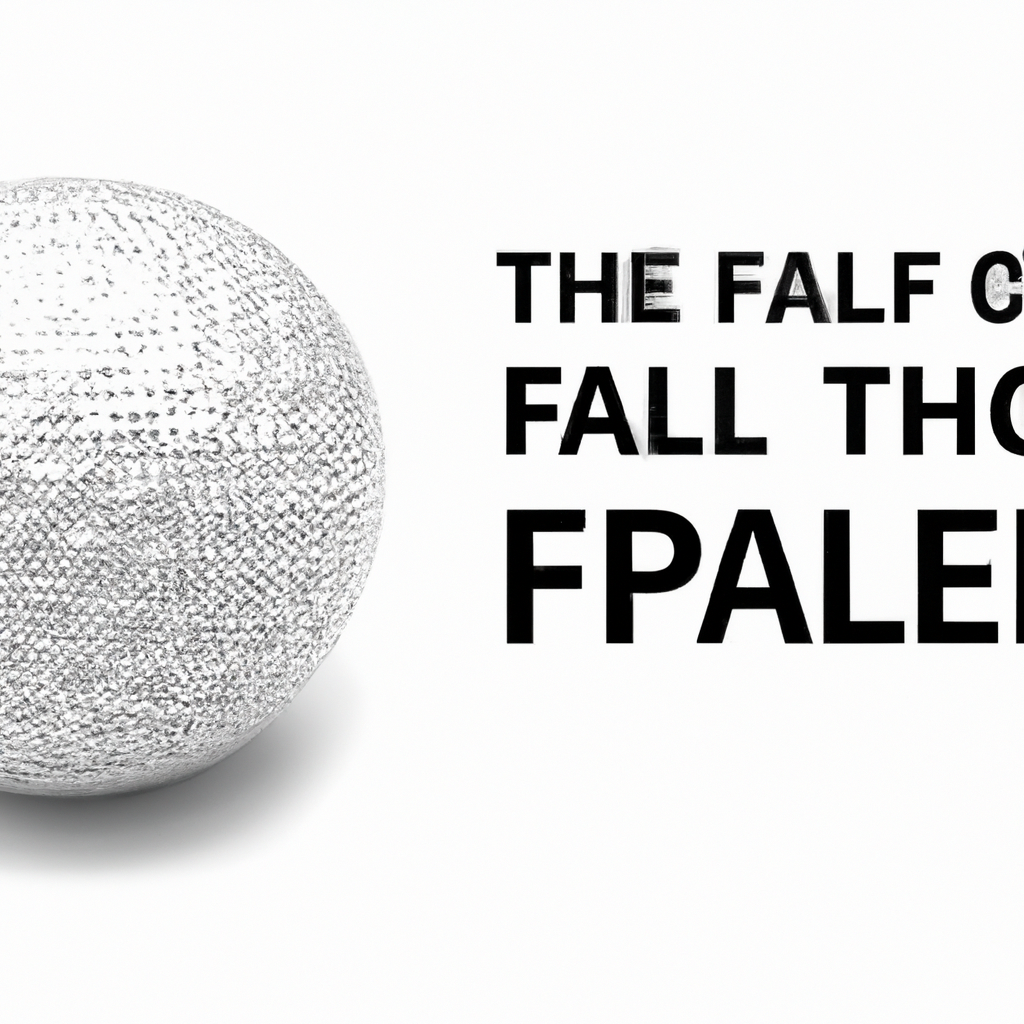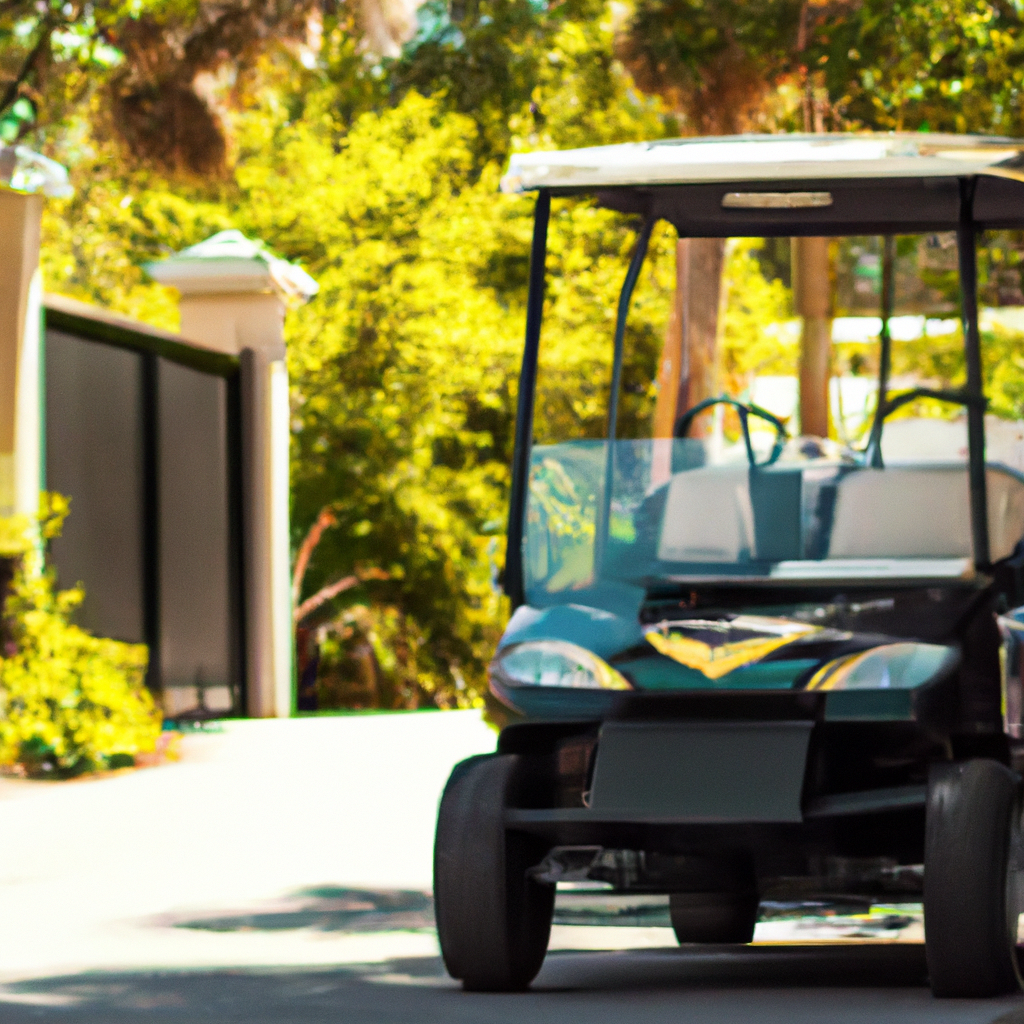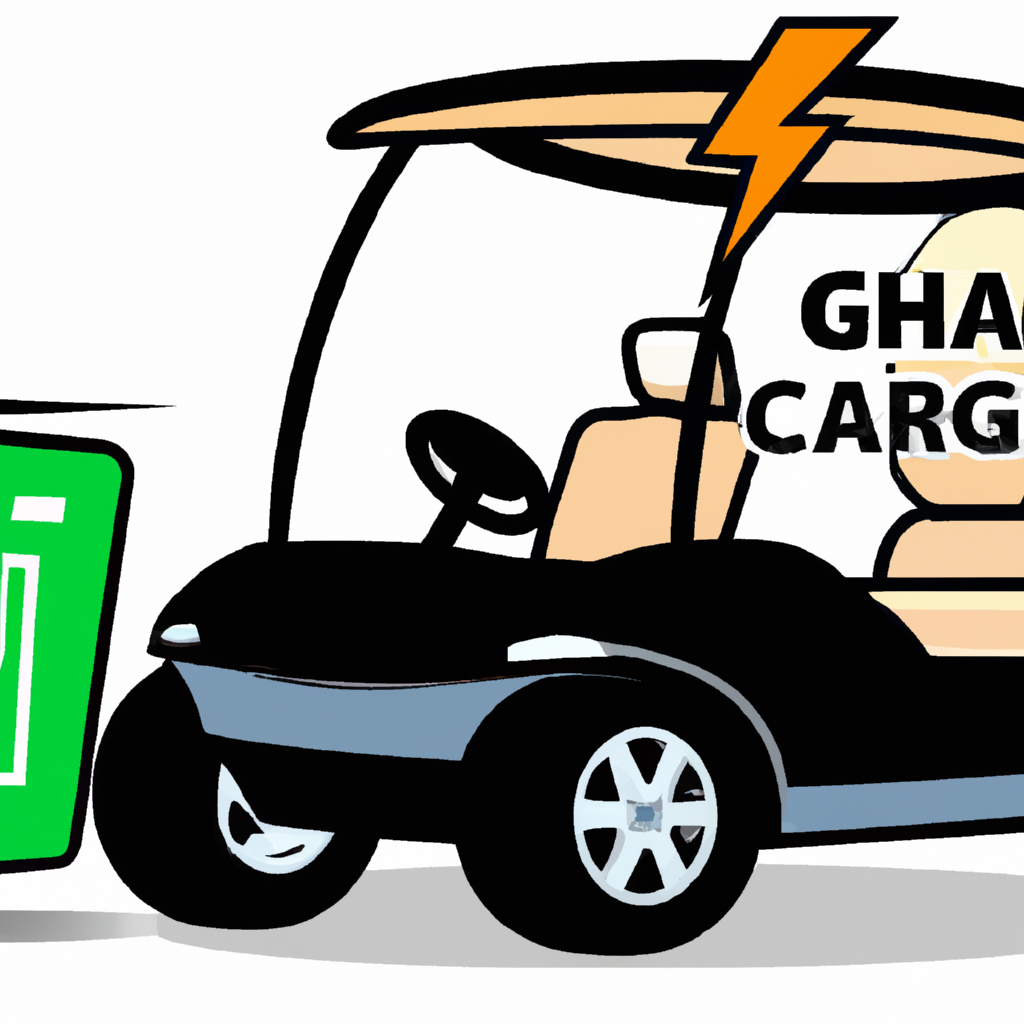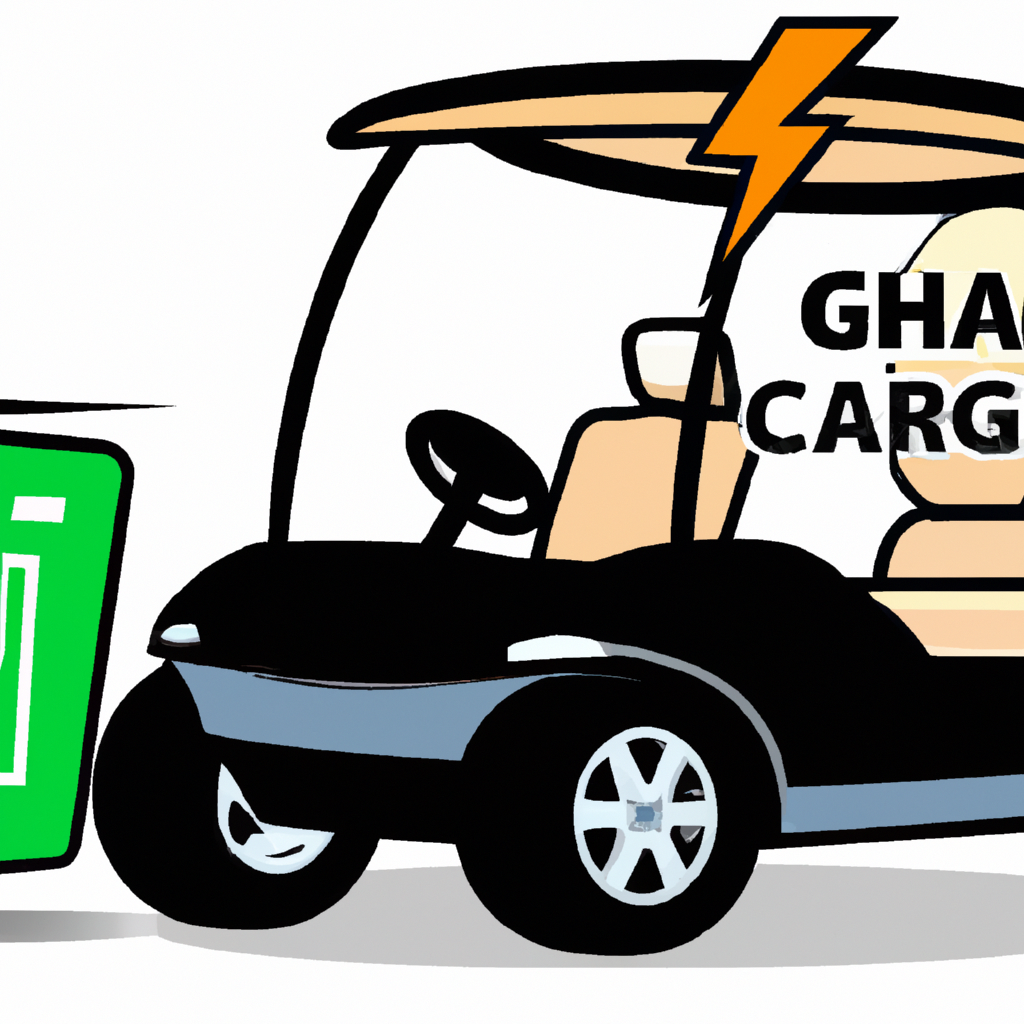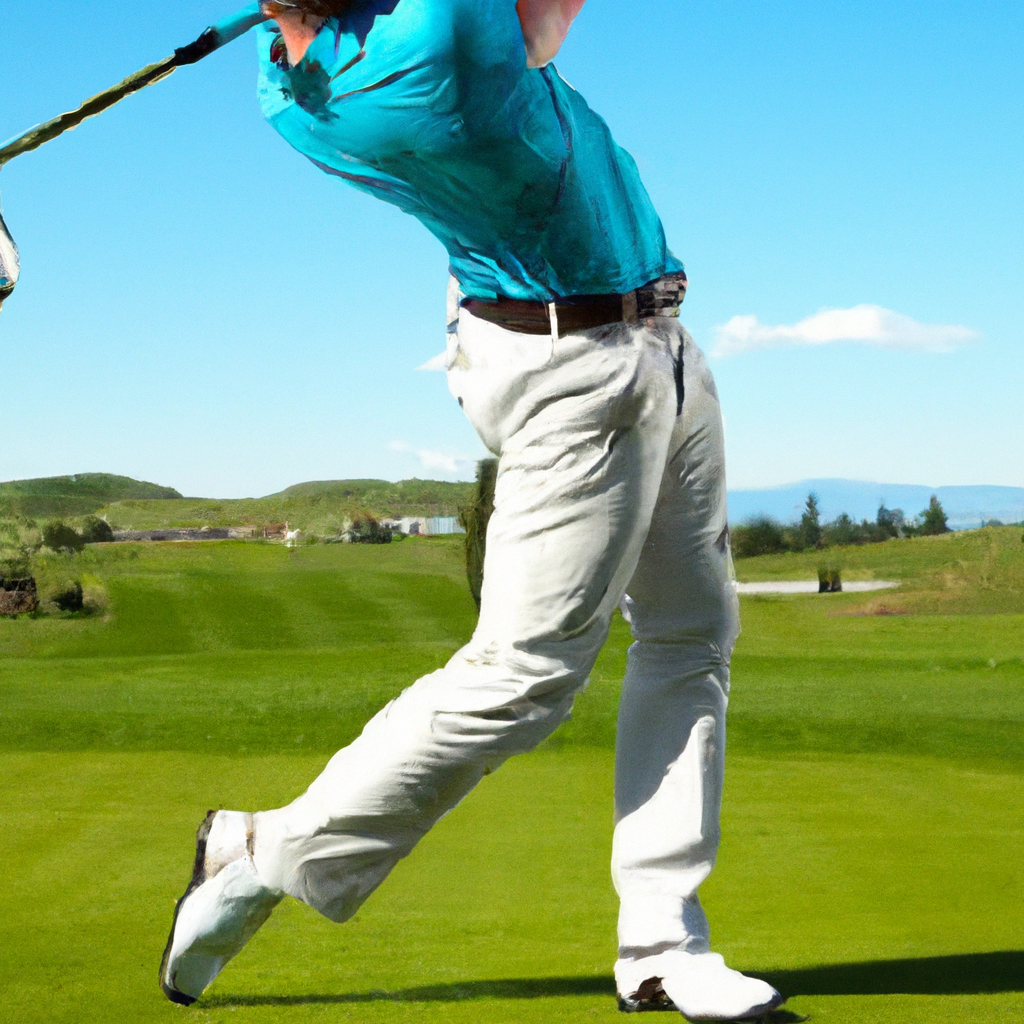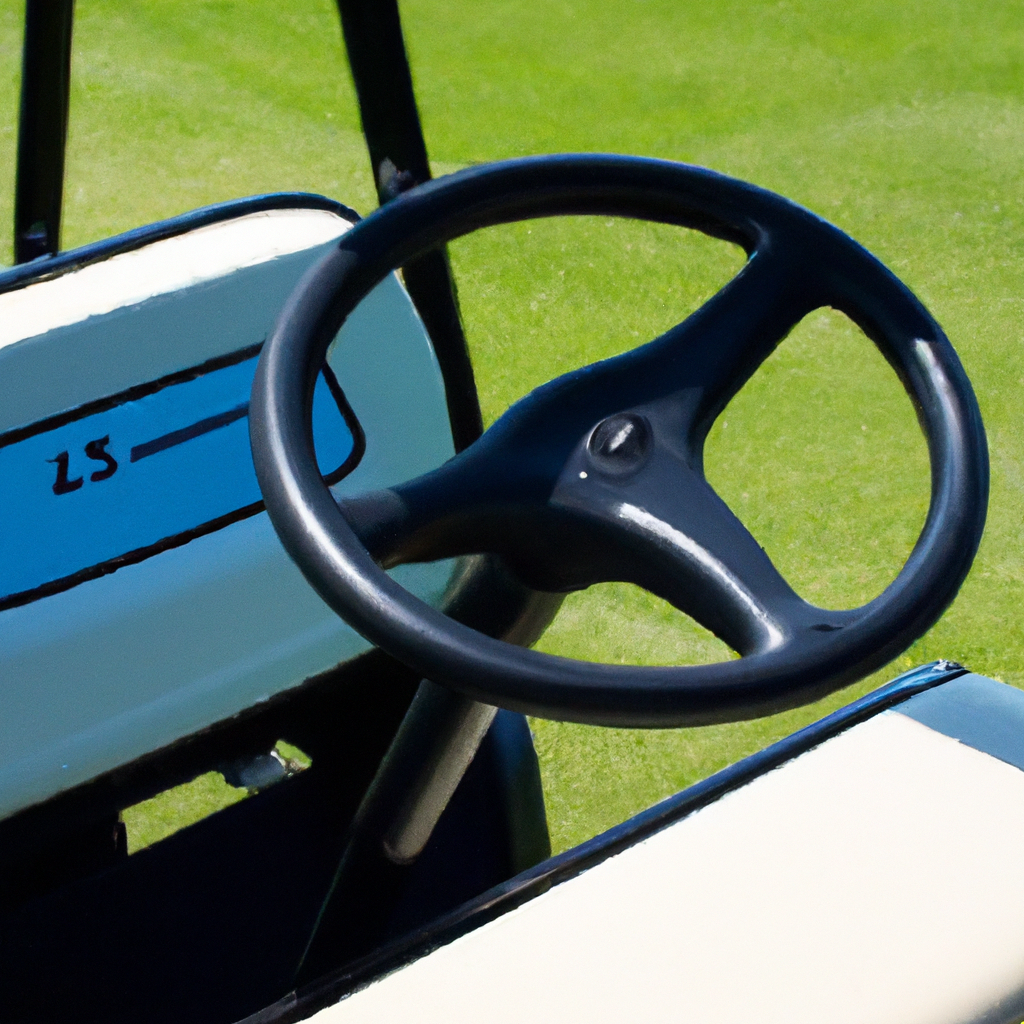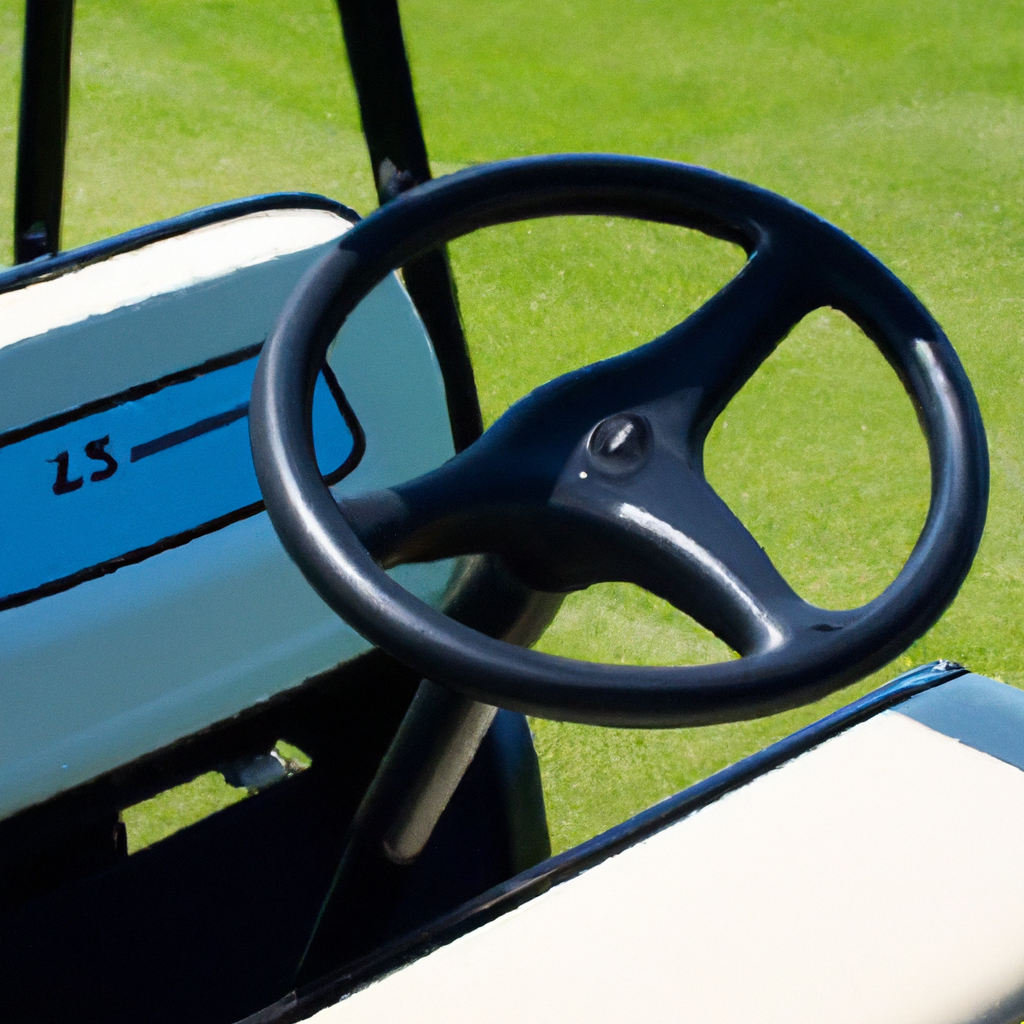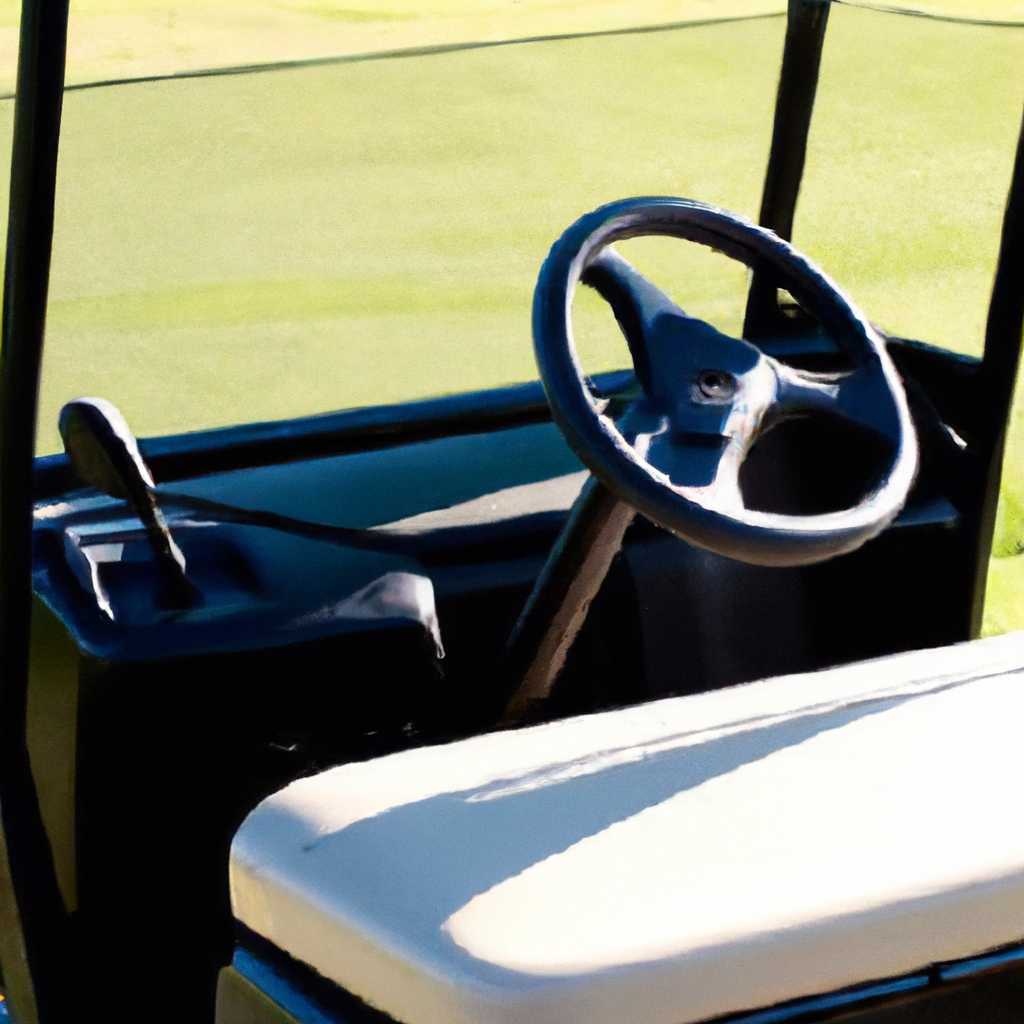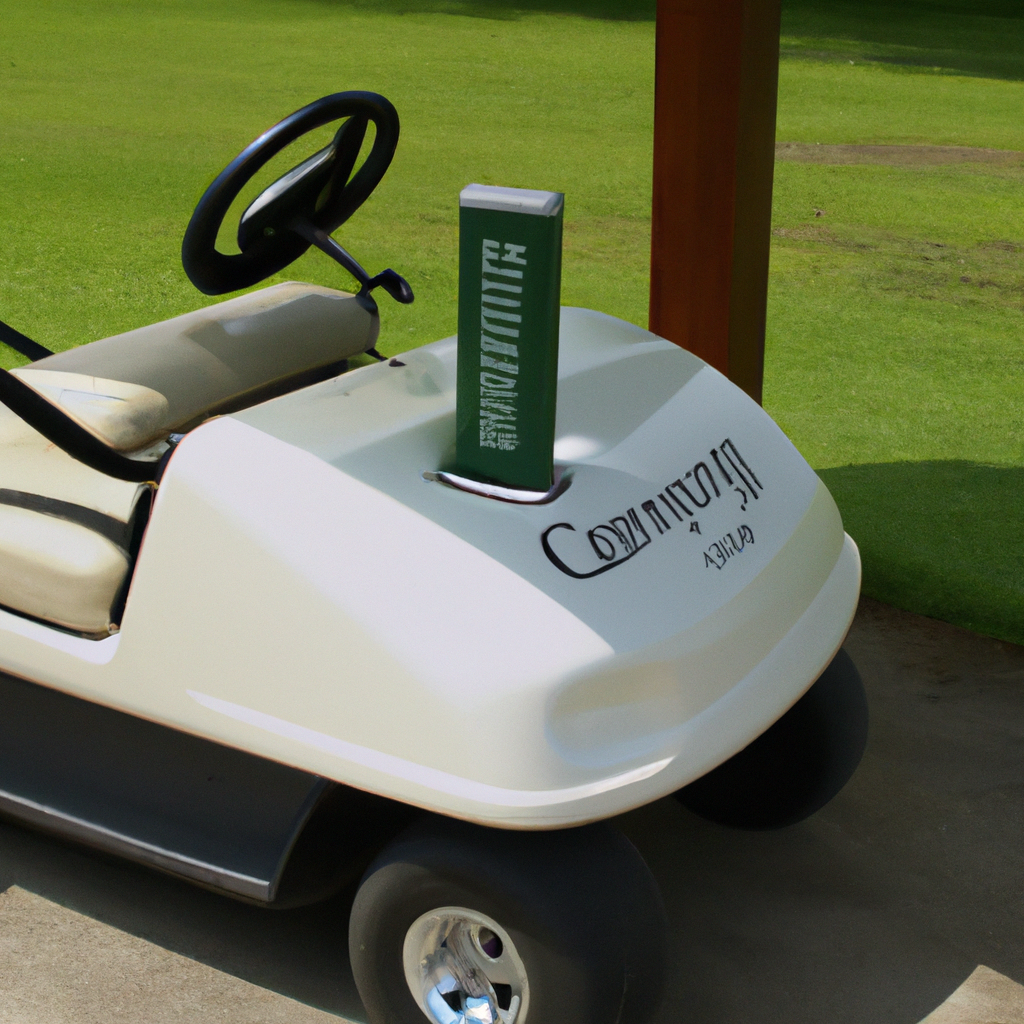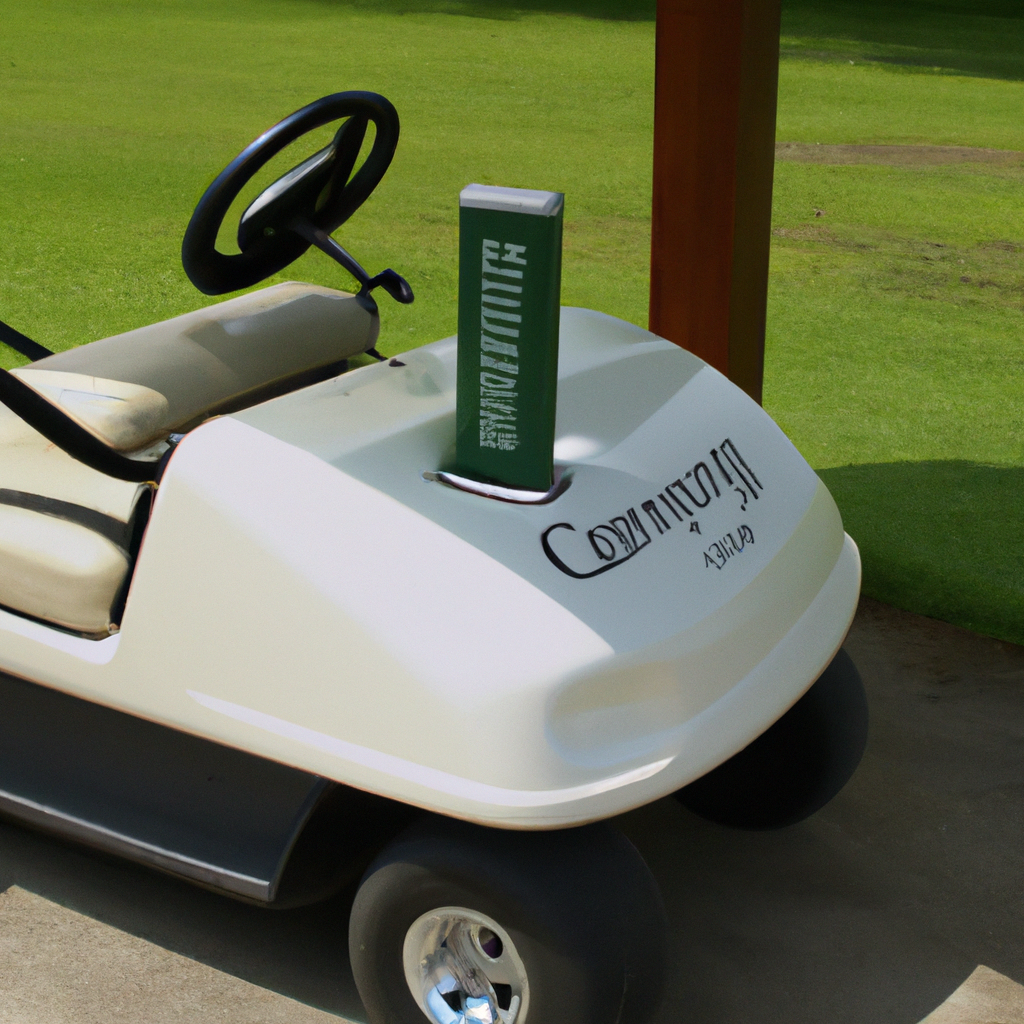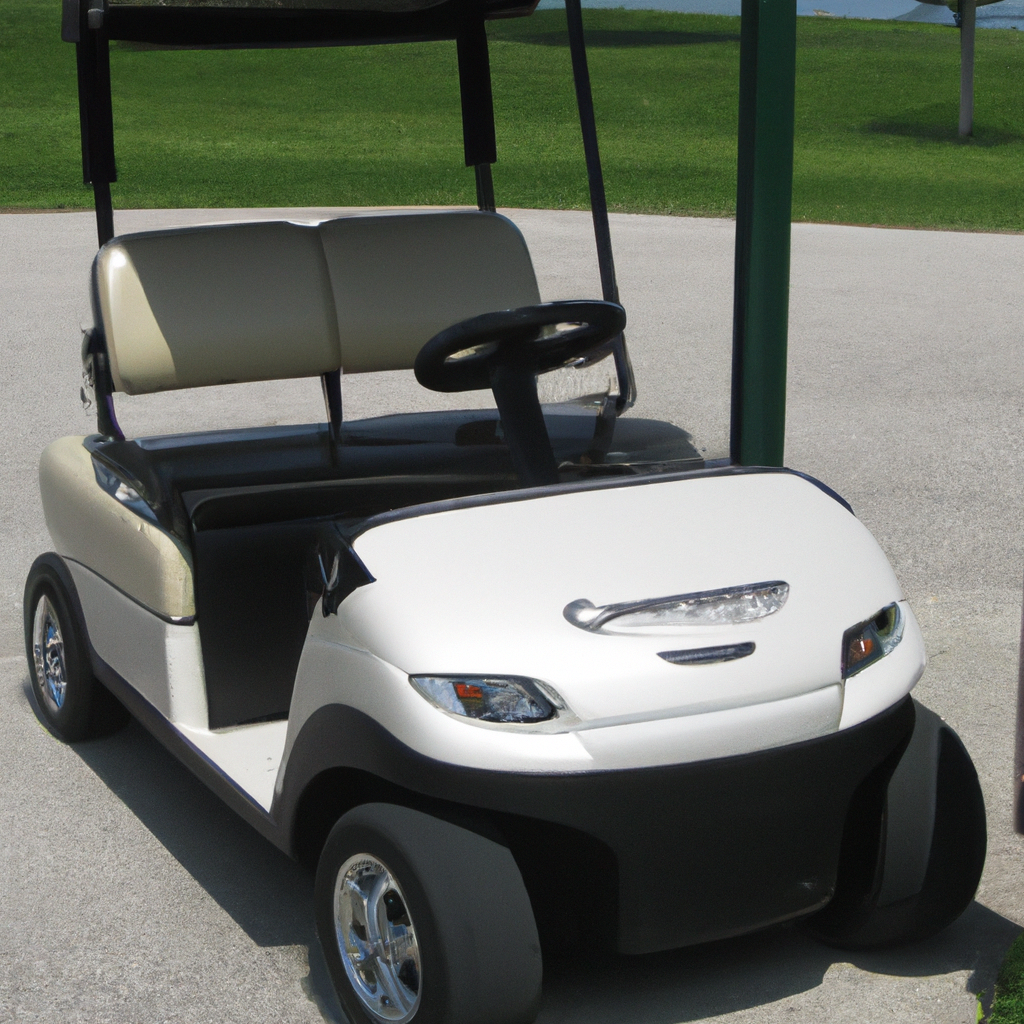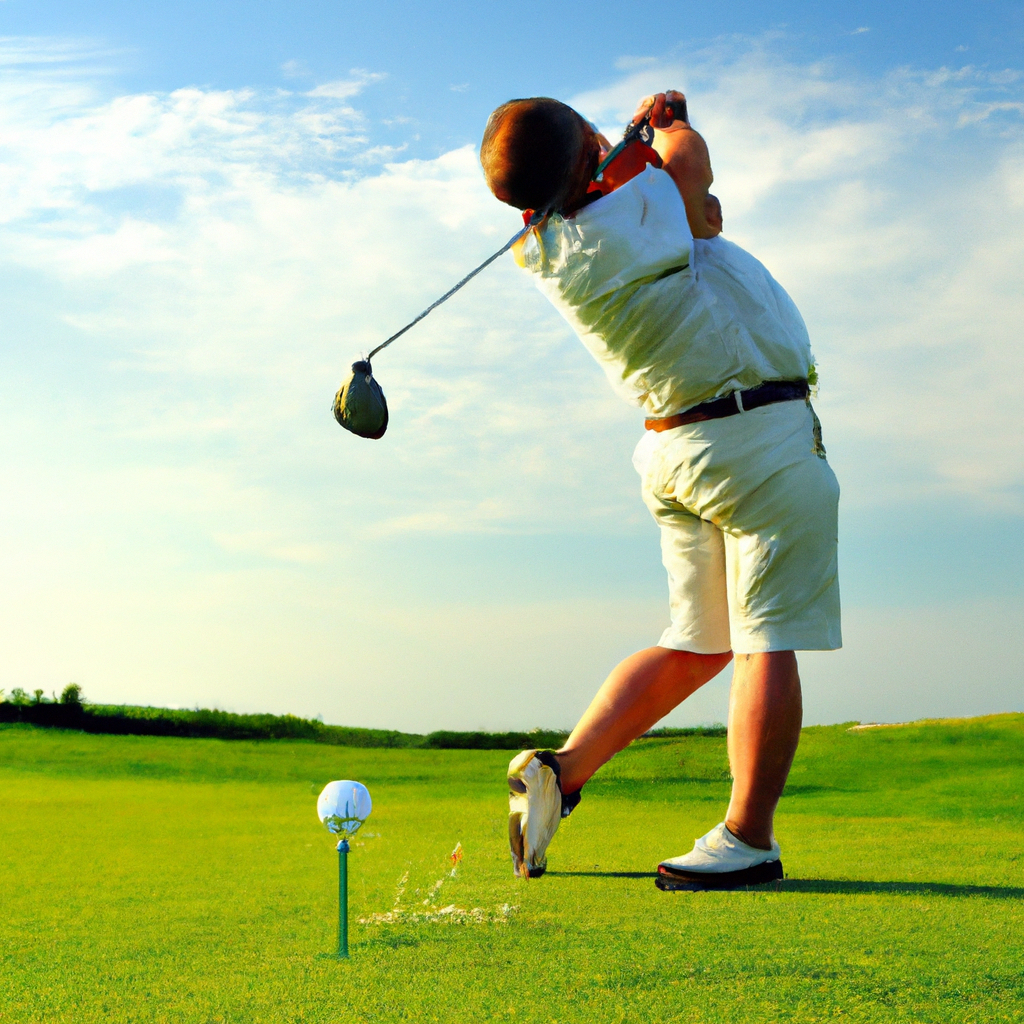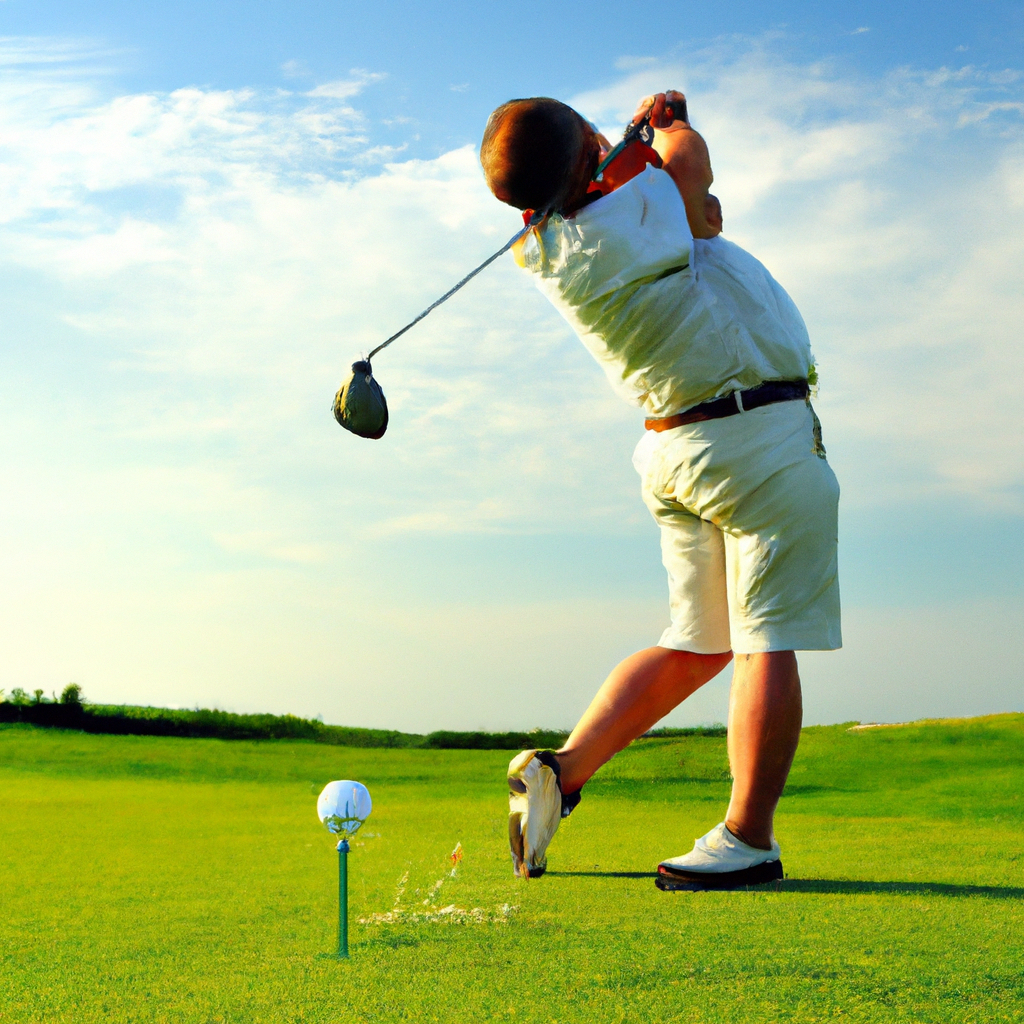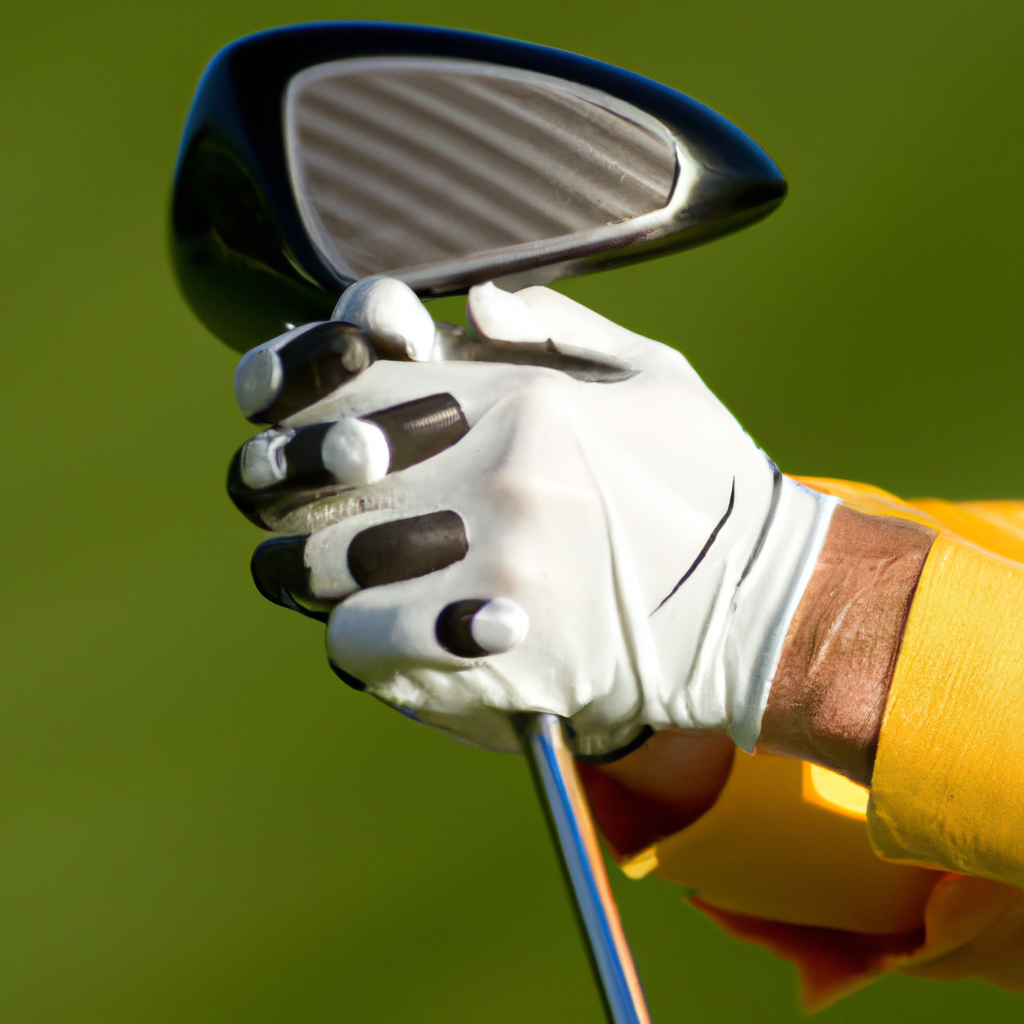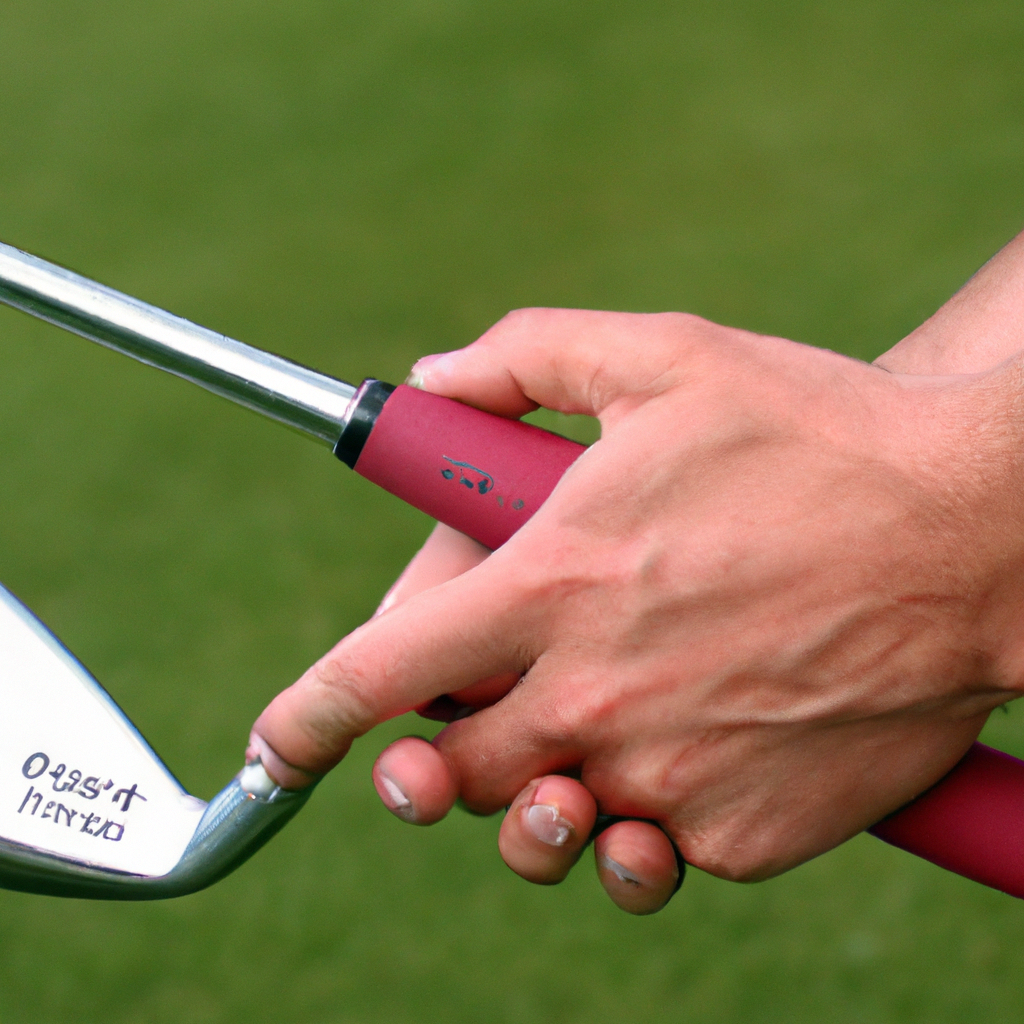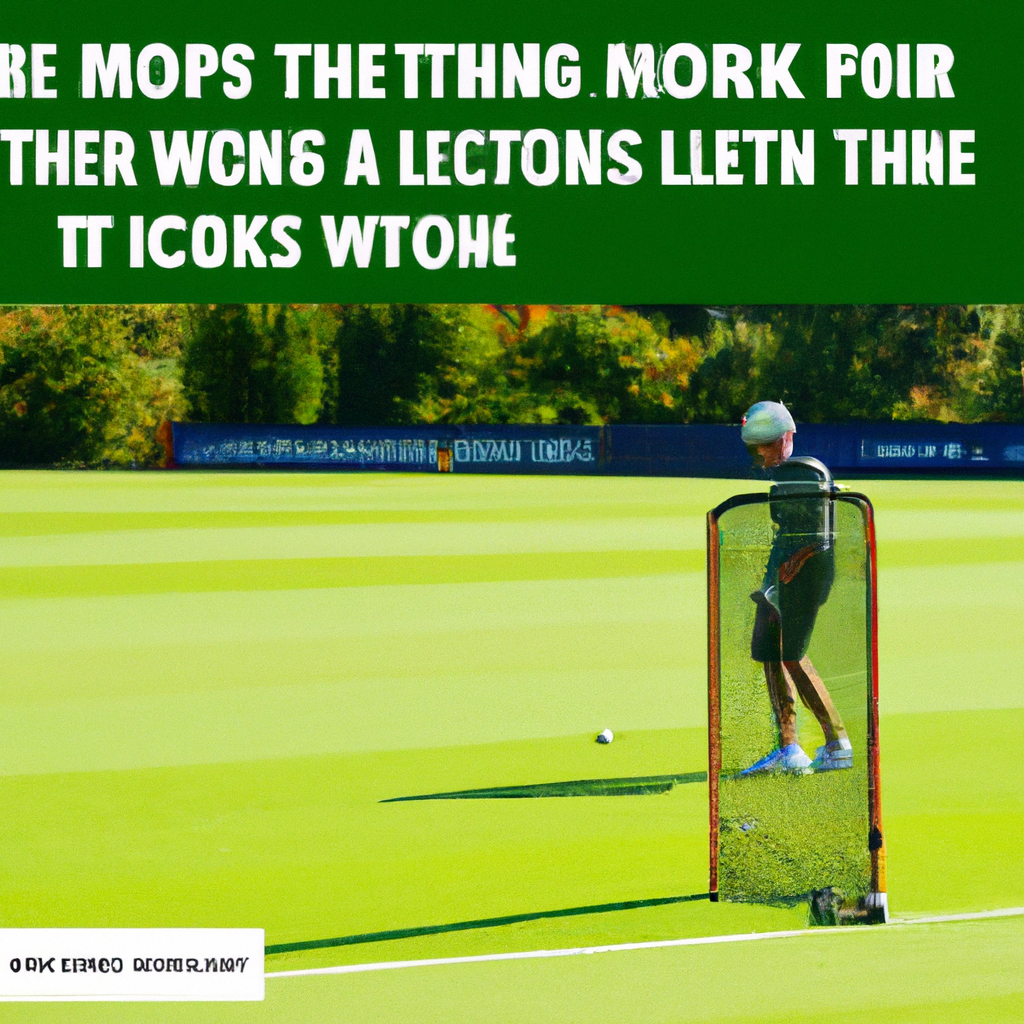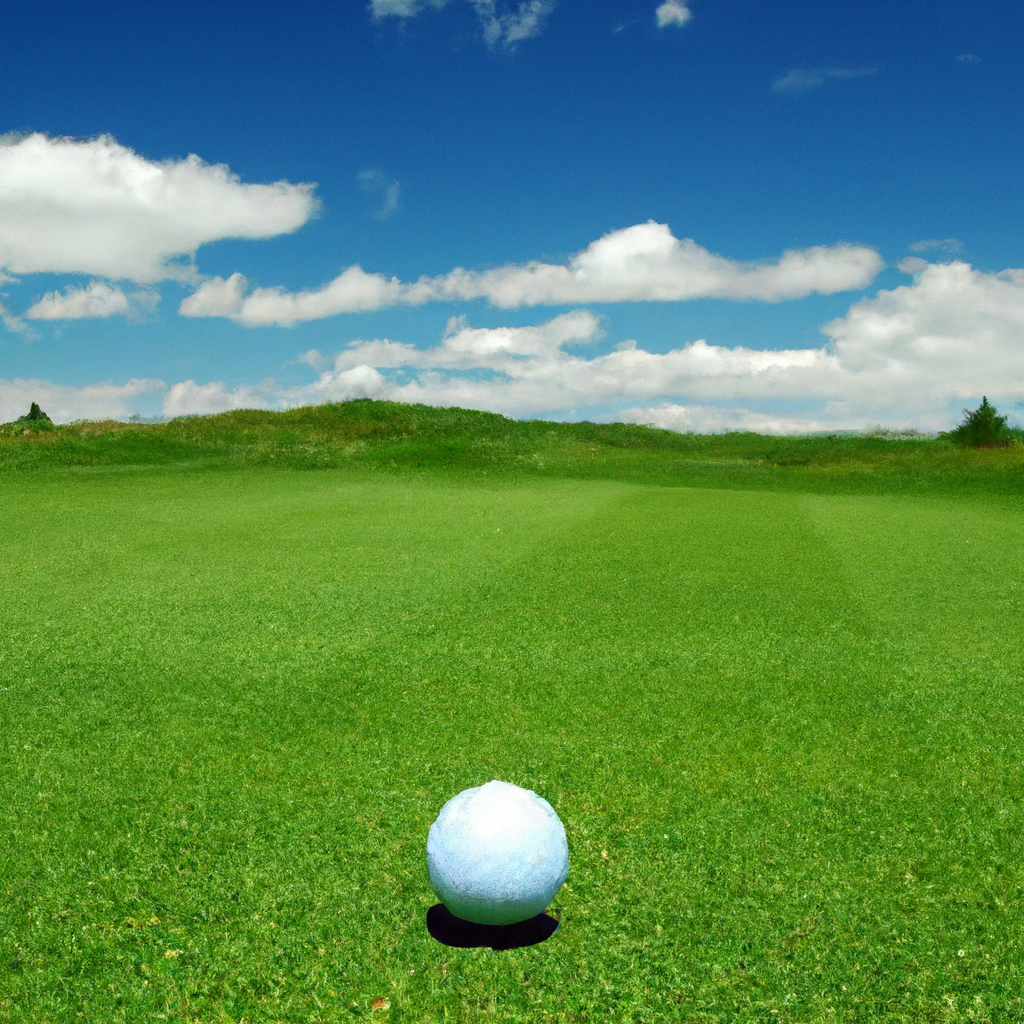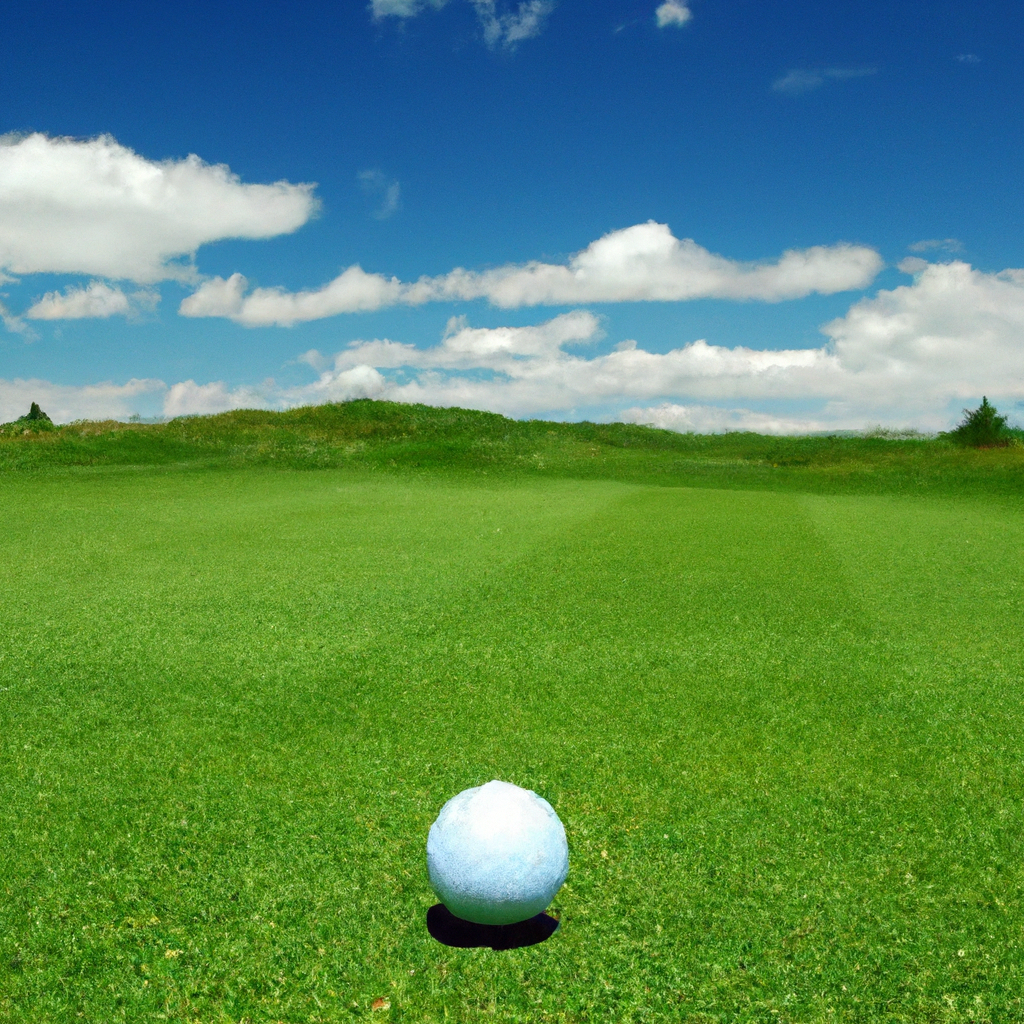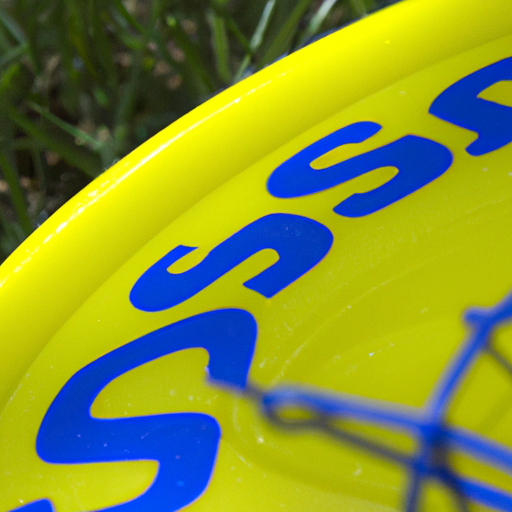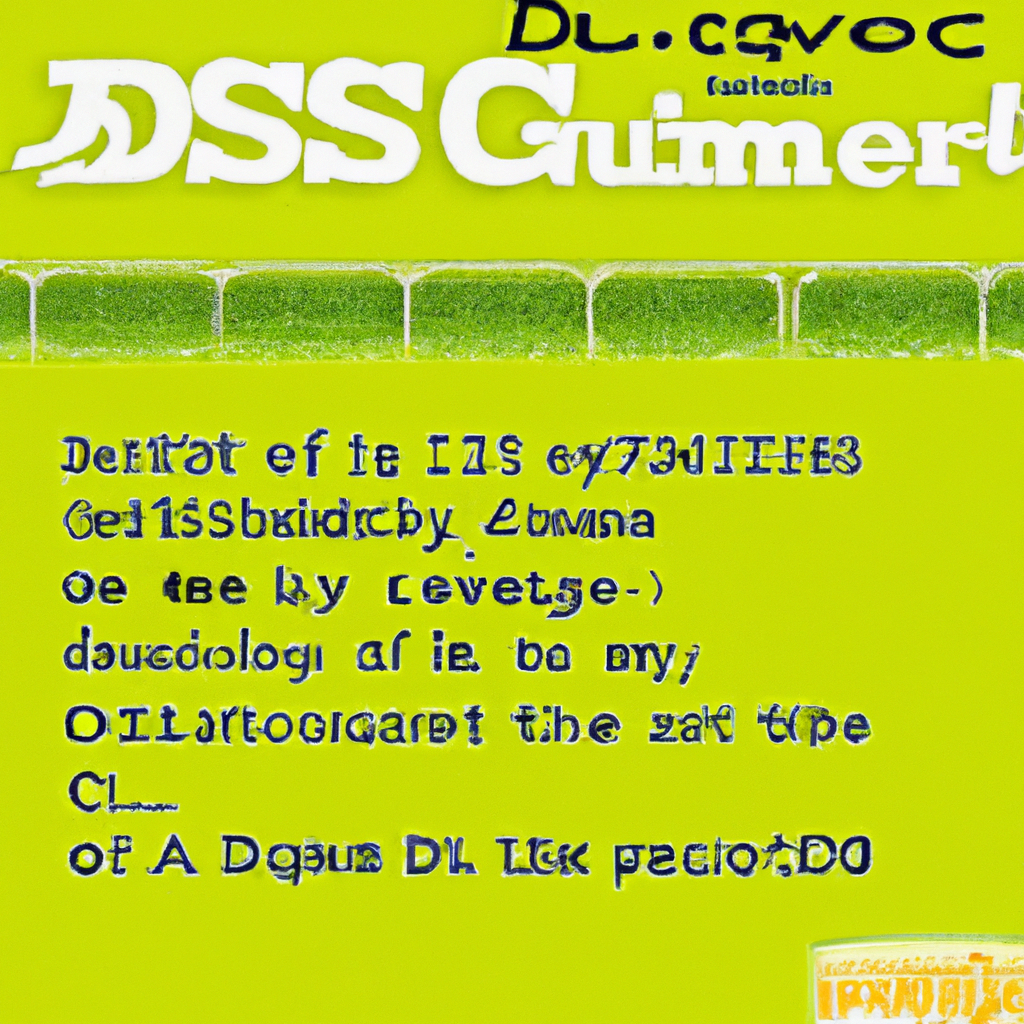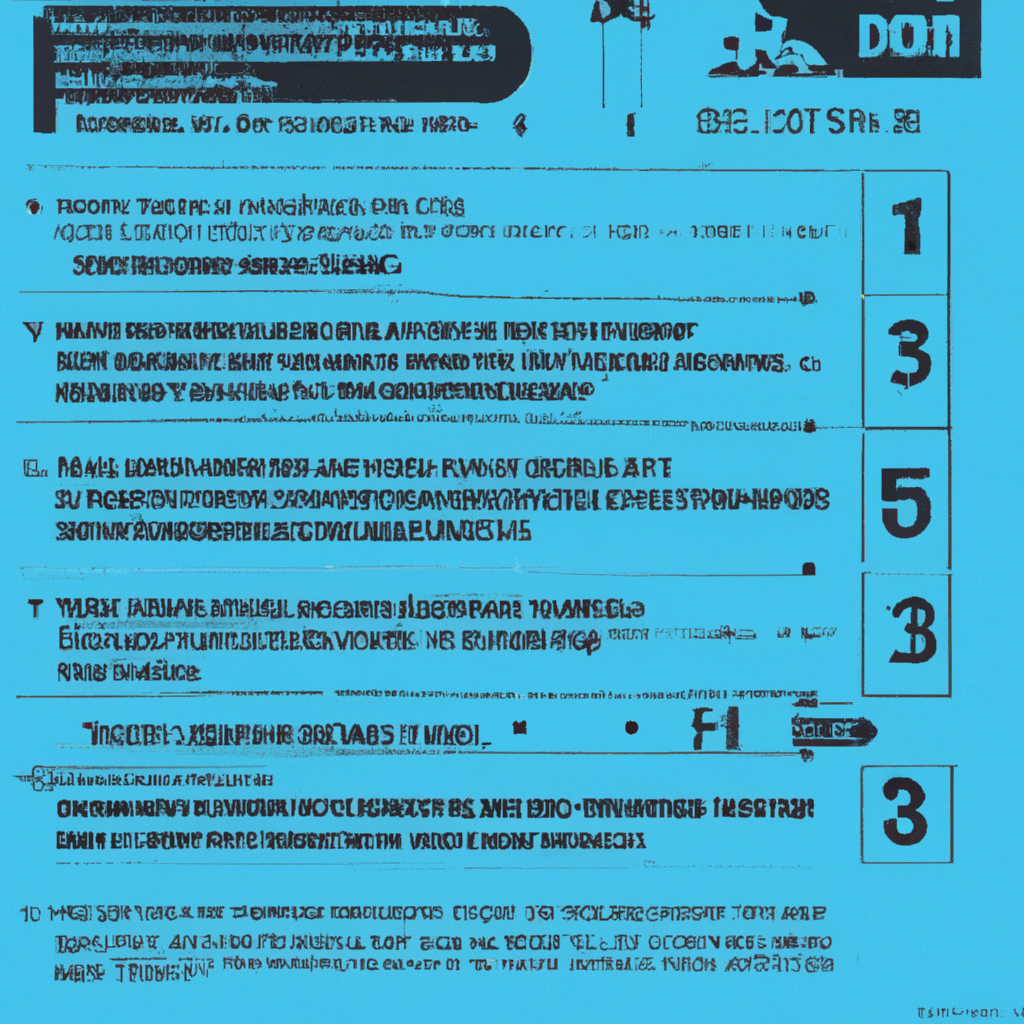Are you tired of consistently pushing the golf ball instead of hitting it straight? Frustrated with your shots veering off course and ruining your game? In this article, you will learn the correct technique to strike the golf ball, ensuring that it goes exactly where you want it to. By following a few simple tips and adjusting your stance, grip, and swing, you can say goodbye to those errant shots and hello to improved accuracy and distance on the golf course.

Correct Grip
The Importance of a Proper Grip
One of the most crucial aspects of a successful golf swing is having a proper grip on the club. A correct grip sets the foundation for a solid swing and allows you to have control over the clubface throughout the swing. Without a proper grip, you may struggle with accuracy, distance, and consistency. It is essential to understand the significance of a proper grip and how it can impact your overall game.
How to Position Your Hands on the Club
To achieve a proper grip, start by placing the club in your left hand (for right-handed golfers) with the clubface square to the target. Wrap your left hand around the grip, making sure the club runs diagonally across the base of your palm. Your left thumb should be placed slightly to the right of the centerline of the grip.
Next, place your right hand below your left hand on the club, making sure the left thumb fits snugly into the lifeline of your right hand. The right thumb should be placed on the left side of the grip, mirroring the left thumb. The lifeline of your right hand should point towards your right shoulder.
It is crucial to have a firm grip without tensing your hands too much. The pressure should be consistent throughout the swing, neither too tight nor too loose. Finding a grip that feels comfortable and allows for control is essential to ensure a successful swing.
Common Grip Mistakes
Even the most experienced golfers can sometimes make grip mistakes that can negatively impact their game. One common mistake is gripping the club too tightly, which can restrict the free movement of the hands and wrists during the swing. Another mistake is having a grip that is too weak or too strong, affecting the clubface alignment at impact. Lastly, not positioning the hands correctly on the grip can lead to inconsistent and inaccurate shots. It is essential to be aware of these grip mistakes and make the necessary adjustments for a more effective swing.
Stance and Alignment
Finding the Right Stance
Your stance provides the foundation for a successful golf swing. It is crucial to find the right stance that allows for balance, stability, and proper weight distribution. Begin by standing with your feet shoulder-width apart and slightly wider than the width of your shoulders. Keep your knees slightly flexed and your weight evenly distributed between your feet.
Experiment with different foot positions to find what feels most comfortable and allows you to maintain balance throughout your swing. Some golfers prefer a slightly open or closed stance, while others opt for a square stance where both feet are parallel to the target line. Remember, a proper stance aids in generating power and maintaining stability during the swing.
Aligning Your Body to the Target
In addition to finding the right stance, aligning your body to the target is crucial for accurate shots. Imagine a straight line extending from your target and adjust your feet, hips, and shoulders to align parallel to this line. This alignment ensures that your swing path is on target.
To achieve proper alignment, step behind the ball and pick a spot in front of the ball, a few feet away, that aligns with your target. Use this spot as a reference when aligning your feet, hips, and shoulders. Taking the time to align your body before each shot will help you consistently hit the ball in the desired direction.
Positioning the Ball in Your Stance
The position of the golf ball in your stance can greatly impact your swing and ball flight. For most full shots with a mid-iron, the proper ball position is in line with the logo on your shirt or slightly ahead of it. As the clubs get shorter or longer, you will need to adjust the ball position slightly. For shorter irons, move the ball slightly back in your stance, and for longer clubs, move the ball slightly forward.
By positioning the ball correctly, you can ensure that your clubface strikes the ball at the proper angle and promotes a desired ball flight. Experiment with different ball positions during practice to find what works best for your swing and produces consistent results.
Body Position
Maintaining a Balanced Body
Balancing your body throughout the golf swing is vital for consistent and accurate shots. At address, make sure your weight is evenly distributed between both feet for maximum stability. Throughout your swing, focus on maintaining this balance and avoid shifting too much weight towards your toes or heels.
A balanced body position allows for a more controlled and consistent swing. Practice drills that improve your balance, such as standing on one foot while swinging a club, can be beneficial in developing a strong foundation.
The Role of Your Shoulders and Hips
Proper shoulder and hip rotation are key elements of a successful golf swing. As you take the club back during your backswing, allow your shoulders to rotate while keeping your hips relatively stable. This separation between the shoulders and hips creates torque and stores potential energy, ready to be released during the downswing.
During the downswing, focus on rotating your hips first while allowing your shoulders to follow. This sequence of movement generates power and helps ensure that your clubface remains square at impact. Practice drills that emphasize proper shoulder and hip rotation, such as the “X-Factor” drill, can improve your swing mechanics and add distance to your shots.
Proper Spine Angle
Maintaining the correct spine angle is crucial for consistency and power in your golf swing. At address, tilt your spine slightly towards the target, creating a straight line from the top of your head to your tailbone. This spine angle allows for a proper weight shift during the swing and promotes a shallow and sweeping path for the club.
Throughout your swing, focus on maintaining this spine angle and avoid excessive tilting or straightening of the spine. An incorrect spine angle can lead to inconsistent swings and a loss of power. Practice drills that reinforce a proper spine angle, such as the “Swing Plane” drill, can improve your swing mechanics and overall performance.

Backswing Fundamentals
Importance of a Full Backswing
The backswing sets the foundation for a powerful and consistent golf swing. It is essential to complete a full backswing to maximize the potential energy of the swing and generate power. A full backswing allows for a wide swing arc and helps create a smooth tempo and rhythm.
During the backswing, focus on turning your shoulders away from the target while maintaining a stable lower body. Keep your arms extended and your wrists hinged to maintain leverage and create a wide swing radius. A full backswing not only generates power but also promotes proper sequencing and timing for the downswing.
Maintaining a Relaxed Grip Pressure
While it is crucial to have a firm grip on the club, it is equally important to maintain a relaxed grip pressure throughout the swing. Gripping the club too tightly can restrict the natural motion of the hands and wrists, leading to a loss of power and control.
During the backswing, consciously relax your grip, ensuring that your hands remain supple and responsive. This allows for a fluid and natural swing motion while retaining the necessary control over the club. Practice drills that focus on grip pressure awareness, such as the “Soft Hands” drill, can help you develop a relaxed grip throughout the swing.
Rotating the Shoulders and Hips
Proper shoulder and hip rotation during the backswing is essential for generating power and maintaining proper swing mechanics. As you take the club back, focus on turning your shoulders away from the target, creating a coil-like effect with your torso. This rotation stores potential energy that can be unleashed during the downswing.
In addition to shoulder rotation, it is important to allow your hips to rotate naturally during the backswing. The hips should turn while maintaining stability, providing a solid foundation for the upper body rotation. This separation of movement between the shoulders and hips creates torque and promotes an efficient transfer of energy during the swing.
Downswing and Impact
Transitioning Smoothly from Backswing to Downswing
The transition from backswing to downswing is a critical moment in the golf swing. A smooth transition ensures proper sequencing and allows for an efficient transfer of energy from the backswing to the downswing.
To achieve a smooth transition, focus on initiating the downswing with the lower body. Begin by shifting your weight towards your front foot while allowing your hips to rotate towards the target. This transfer of weight and rotation creates a powerful driving force that propels the club forward.
Avoid any jerky or rushed movements during this transition. Instead, aim for a controlled and fluid motion that allows for proper timing and synchronization between the lower body, upper body, and the club.
Generating Power from the Lower Body
Generating power in your golf swing begins with the lower body. By utilizing the muscles in your legs and hips, you can generate tremendous power and add distance to your shots.
During the downswing, focus on shifting your weight towards your front foot while maintaining a stable lower body. As your hips rotate towards the target, allow the energy from the weight shift and rotation to transfer through your legs and into the club. This transfer of power creates lag and whip-like action, resulting in increased clubhead speed and momentum.
By harnessing the power of your lower body, you can achieve greater distance and consistency in your golf swing.
Contacting the Ball at the Correct Spot
Contacting the ball at the correct spot on the clubface is essential for optimal ball flight and distance. Striking the ball off-center can lead to mishits, loss of distance, and a lack of control.
During impact, aim to make solid contact with the ball with the center of the clubface. This ensures maximum transfer of energy from the clubhead to the ball, resulting in a more powerful and accurate shot. Focus on maintaining a balanced swing and a relaxed grip to promote a consistent and centered strike.
Practice drills that enhance your ability to contact the ball correctly, such as the “Impact Bag” drill or the “Tee Drill,” can help you develop better ball-striking skills and improve your overall performance.
Keeping Your Head Down
Understanding the Importance of Head Position
Keeping your head down during the golf swing is a fundamental aspect of a consistent and accurate swing. By maintaining a stable head position, you can improve your ability to see the ball clearly at impact, maintain proper balance, and execute a more controlled swing.
During the swing, focus on keeping your eyes fixed on the back of the ball until after impact. This allows for better ball contact and helps prevent topping or skulling the ball. It also promotes overall stability and balance throughout the swing.
The Role of the Eyes During the Swing
Your eyes play a crucial role in the golf swing, providing visual feedback and aiding in alignment and focus. By using your eyes effectively, you can enhance your swing mechanics and improve your overall performance.
During the swing, it is important to keep your eyes focused on the ball while maintaining a soft gaze. Avoid lifting your head prematurely or trying to track the flight of the ball before completing your swing. By keeping your eyes on the ball, you can maintain proper sequencing, rhythm, and timing, leading to more consistent and accurate shots.
Drills to Improve Head Stability
To improve head stability throughout your swing, there are several drills you can incorporate into your practice routine. The “Head Still Drill” involves taking practice swings while focusing on keeping your head perfectly still throughout the swing. By exaggerating this motion, you can train your body to maintain stability and reduce any unnecessary movement.
Another helpful drill is the “Headcover Drill,” where you place a headcover or other object under your chin and swing while keeping the headcover in place. This drill helps ensure that you maintain a steady head position and avoid lifting your head prematurely.
By incorporating these drills into your practice sessions, you can develop better head stability and improve your overall swing mechanics.
Swing Tempo and Rhythm
Achieving a Consistent Tempo
The tempo of your swing plays a significant role in the timing, sequencing, and overall effectiveness of your golf swing. A consistent tempo promotes fluidity, rhythm, and synchronization, leading to more accurate and powerful shots.
To achieve a consistent tempo, focus on maintaining a steady and even-paced swing throughout the entire motion. Avoid rushing your backswing or downswing and strive for a smooth transition between these phases. By finding a comfortable and repeatable tempo, you can improve your timing and striking consistency.
It can be helpful to practice with a metronome or count out a specific rhythm in your head during your swing. This can help you establish the ideal tempo and reinforce muscle memory.
Maintaining a Smooth and Balanced Swing
A smooth and balanced swing is essential for consistent and accurate shots. By focusing on a smooth transition from the backswing to the downswing and maintaining balance throughout the swing, you can increase the likelihood of solid ball contact and desired ball flight.
During the swing, it is important to avoid any jerky or forceful movements that can disrupt your tempo and balance. Instead, strive for a flowing and connected swing motion that maintains a consistent rhythm from start to finish. This will enable you to generate power and accuracy while maintaining control over the clubface.
Avoiding Rushing or Jerky Movements
Rushing or jerky movements can greatly impact your swing mechanics and overall performance. These movements often stem from a lack of relaxation, tension, or an attempt to overpower the shot.
To avoid rushing or jerky movements, focus on maintaining a relaxed grip pressure and a smooth transition from backswing to downswing. Practice drills that promote a fluid and controlled swing, such as the “Pump Drill” or the “Slow-Motion Swing,” can help you develop better swing tempo and eliminate any unnecessary hastiness.
By eliminating rushing or jerky movements, you can enhance your swing mechanics, increase consistency, and achieve better results on the course.
Weight Transfer
Shifting Your Weight for Proper Transfer
Proper weight transfer is a critical component of a well-executed golf swing. By shifting your weight effectively, you can generate power, maintain balance, and ensure proper sequencing of the swing.
During the backswing, your weight should predominantly shift onto your trail leg (right leg for right-handed golfers). As you initiate the downswing, focus on transferring your weight smoothly onto your lead leg (left leg for right-handed golfers). This transfer of weight creates a powerful rotation and generates momentum for a powerful strike.
Be mindful of initiating and completing your weight transfer fluidly and avoid any abrupt weight shifts that can disrupt your balance and swing mechanics.
Role of Lower Body in Weight Transfer
The lower body plays a crucial role in weight transfer during the golf swing. By utilizing your leg and hip muscles effectively, you can generate power and maintain stability throughout the swing.
During the backswing, focus on maintaining a stable lower body while allowing your upper body to rotate and coil. As you initiate the downswing, begin transferring your weight onto your lead leg by rotating your hips towards the target. This weight transfer creates a powerful driving force that propels the club forward and generates clubhead speed.
To improve your lower body’s role in weight transfer, practice drills that enhance hip rotation and lower body stability, such as the “Hip Rotation Drill” or the “Lower Body Stability Drill.” These exercises can help you develop a more efficient weight transfer and improve your overall swing mechanics.
Exercises to Improve Weight Distribution
Proper weight distribution is vital for a balanced and powerful golf swing. By strengthening the muscles that control weight transfer, you can enhance your stability, generate more power, and improve your overall performance.
Exercises such as squats, lunges, and deadlifts can help improve lower body strength and stability. Additionally, incorporating exercises that focus on core strength, such as planks and Russian twists, can aid in maintaining balance and promoting a stable swing.
By consistently incorporating these exercises into your fitness routine, you can develop better weight distribution skills and enhance your overall golf swing.
The Role of the Wrists
Maintaining Solid Wrists throughout the Swing
The wrists play a crucial role in controlling the clubface and generating power during the golf swing. By maintaining solid and firm wrists throughout the swing, you can achieve better clubface control, resulting in more accurate and consistent shots.
During the swing, focus on maintaining a “flat” left wrist (for right-handed golfers) at impact and throughout the follow-through. This ensures that the clubface remains square, promoting a desired ball flight. Avoid any excessive wrist hinging or casting, as this can lead to inconsistent strikes and loss of power.
Practice drills that emphasize wrist stability and control, such as the “Two-Tee Drill” or the “Wrist Release Drill,” can help you develop better wrist mechanics and improve the overall consistency of your swing.
Using the Wrists to Control Clubface Alignment
The movement of the wrists during the swing directly affects the clubface alignment and, consequently, the direction of your shots. By understanding how to control the movement of your wrists, you can enhance your ability to maintain proper clubface alignment and hit more accurate shots.
During the backswing, focus on maintaining a firm left wrist (for right-handed golfers) and limiting any excessive cupping or hinging. This stability in the left wrist sets the foundation for proper clubface control. As you transition into the downswing and reach impact, keep your wrists firm and avoid any flipping or rolling of the wrists.
By consciously controlling your wrist movement and maintaining stability, you can improve your ability to align the clubface and achieve more consistent and accurate shots.
Exercises to Develop Wrist Strength
Developing wrist strength is crucial for maintaining a solid, firm grip throughout the swing and controlling the clubface. Strong wrists enable you to resist any unwanted clubface rotation, leading to greater accuracy and control.
Exercises such as wrist curls and reverse wrist curls using dumbbells or resistance bands can help strengthen your wrist muscles. Additionally, incorporating exercises that focus on forearm strength, such as wrist rotations with a weighted club or barbell, can further enhance your wrist strength.
By regularly incorporating these exercises into your fitness routine, you can develop stronger wrists, improve grip stability, and enhance your overall swing mechanics.
Practice Drills
Putting Alignment Drill
Improving your putting alignment is crucial for sinking more putts and lowering your scores on the greens. The putting alignment drill can help you develop better alignment skills and improve your overall putting performance.
To practice this drill, set up a putting station with two alignment sticks or clubs on either side of your intended putting line. The sticks should be placed parallel to each other and pointing towards your target. Take your normal putting stance and make several practice strokes, ensuring that your putter aligns parallel to the alignment sticks throughout your stroke. This drill helps train your eyes and body to align properly, promoting more accurate putting.
Incorporate the putting alignment drill into your practice routine to develop better alignment habits, improve your confidence on the greens, and sink more putts.
Mirror Drill for Swing Mechanics
The mirror drill is a helpful tool for improving swing mechanics and developing a more consistent and efficient golf swing. By utilizing a mirror or reflective surface, you can observe your body positions, alignments, and movements throughout the swing.
Set up in front of a mirror or reflective surface with your golf club. Take your address position and make practice swings while observing your body positions and swing mechanics. Pay attention to your grip, alignment, posture, and swing plane. Use the mirror to ensure that you are maintaining the correct positions and alignments throughout the swing.
The mirror drill allows for instant visual feedback, enabling you to make adjustments and fine-tune your swing mechanics. Incorporate this drill into your practice routine to develop better swing awareness and improve your overall swing mechanics.
Impact Bag Drill for Proper Ball Striking
Proper ball striking is essential for consistent and accurate shots. The impact bag drill is a valuable training tool for improving your ball striking skills and developing a more solid and centered strike.
To perform this drill, set up an impact bag or a large, soft target in place of a golf ball. Take your normal address position and make swings, focusing on striking the impact bag with your clubhead. Pay attention to the feeling of the strike, ensuring that you are hitting the bag at the correct spot (slightly ahead of the ball for irons). This drill helps train your body to maintain a solid and centered strike, promoting better ball contact.
Incorporate the impact bag drill into your practice routine to refine your ball striking skills, enhance your swing mechanics, and achieve more consistent and accurate shots.
By following these comprehensive guidelines and practicing the recommended drills, you can improve your grip, stance, alignment, body position, swing mechanics, and overall golf performance. Remember to stay patient, stay positive, and have fun while working on these fundamental aspects of your golf swing. With dedication and practice, you’ll be well on your way to striking the golf ball more effectively and enjoying the game to its fullest.







